Ivan the Terrible, Part II (The Boyars’ Plot) (1958)
“When the throne is yours, you will punish the regicide — and others, too.”
|
Synopsis: |
|
Genres, Themes, Actors, and Directors:
Response to Peary’s Review: However, he argues this “doesn’t help” the movie, noting that he’s “never seen so many people in a theater dozing off as when [he] last saw this film.” While he concedes the movie is “beautifully shot,” he also notes that it’s “slow-moving and lacking some of the pivotal characters of the first part.” I actually don’t agree with Peary: while I share his sentiment that Part I is “ludicrously melodramatic” and over-rated, there’s a lot going on this time around, with the storyline heading in a more interesting (and dangerous) direction — and we definitely see “pivotal characters” from the first movie, most notably Aunt Efrosinia and her son, who is as infantilized as ever but now has the beginnings of a beard: In Part II we’re given better insight into Efrosinia’s naked ambitions (“I’d suffer the pangs of your birth a hundred times over to see you seated on the Tsar’s throne!”), and we actually begin to feel compassion for idiotic Vladimir, who pitifully asks, “Why are you always trying to make a leader of me, mother?” To that end, the “lullaby” Efrosinia sings to Vladimir is appropriately creepy:
The final sequence — involving carefully crafted deception and violence — really jolted me, making me realize how invested I’d become in this scenario. Meanwhile, the early inclusion of a flashback sequence showing the trauma young Ivan experienced when his mother was brutally killed by boyars helps us to better understand his enduring hatred for them: It’s too bad that Eisenstein passed away before he was able to complete the intended third portion of this epic, given that he was going to continue to build on Ivan’s paranoia. Peary writes that “obviously, Eisenstein’s czar is meant to represent Stalin’s view of himself” — and this time around, that makes a lot more sense. Note: Putting an accurate date on this film is tricky; Peary lists 1945, but I’ve put 1958 given the following information (from Wikipedia): “Part II, although it finished production in 1946, was not released until 1958, as it was banned on the order of Stalin, who became incensed over the depiction of Ivan therein.” Notable Performances, Qualities, and Moments: Must See? Categories
(Listed in 1001 Movies You Must See Before You Die) Links: |

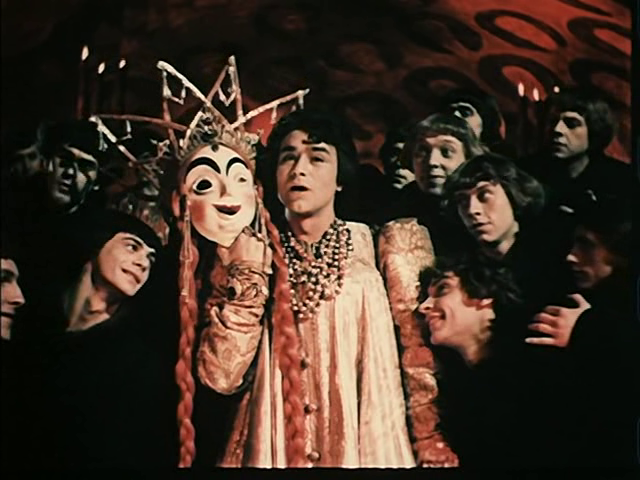

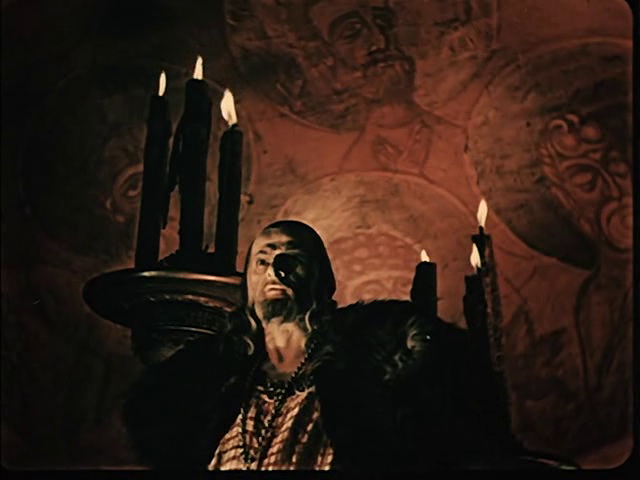
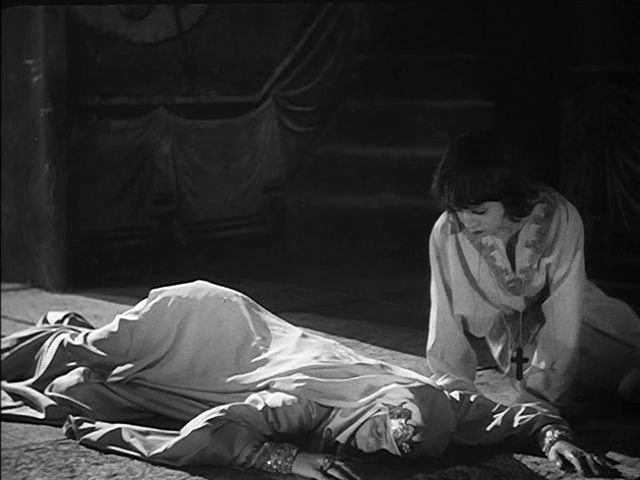
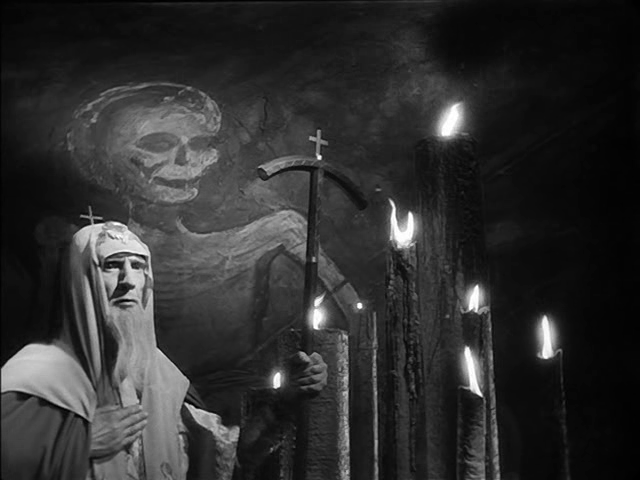
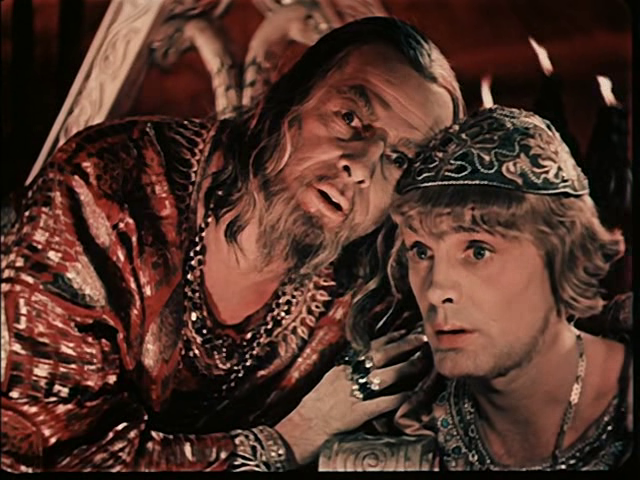
One thought on “Ivan the Terrible, Part II (The Boyars’ Plot) (1958)”
First viewing. A once-must, “as the powerful second part of Eisenstein’s final work.”
I find that I don’t agree with Peary’s assessment either. Sometimes movies like these – in a similar vein – can cause me to want to snooze (Olivier’s ‘Hamlet’, for example, had me fighting sleep) but the urgency and tension (and spectacle!) in Eisenstein’s film are too strong for that. I find Part 2 to be Part 1’s equal overall, in impact and narrative thrust.
It seems that – even if Eisenstein hadn’t met with the wrath of Stalin over Part 2 – we never would have seen Part 3 anyway (since Eisenstein was soon to die) and that’s lamentable.
I found myself wondering what Stalin’s exact objections to Part 2 were and I found this:
https://www.rbth.com/history/327217-ivan-terrible-stalin-eisenstein
– which does help to clarify the objection (from Stalin’s POV) but, at the same time, I’m not sure that what the film presents falls in line with what Stalin *thinks* he saw on-screen. It didn’t seem apparent to me that Eisenstein’s Ivan is shown to be “indecisive, resembling Hamlet” or “neurotic”. … But, of course, it’s often true that any two people who see the exact same movie aren’t necessarily watching the exact same movie.